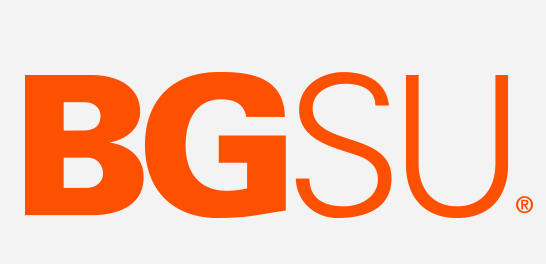Keywords
Graduate student unions, labor strikes
Abstract
Between 2022 and 2023, labor union and strike activity on college campuses increased to represent over 35,000 new workers, with many of these workers being graduate students (Herbert, 2023). As strike activity has continued into 2024 and beyond, it is necessary to understand how institutions responded to strikes to consider how their response may impact strike length. In this paper, I utilize the University of Michigan’s (U-M) response to the Graduate Employees organization strike of 2023 as an instrumental case study to explore the relationship between institutional response to strike activity and strike length. I use Cohen and colleagues (1991) theory of organized anarchy to review publicly available documents published by U-M to find instances of problematic goals, unclear technology, and fluid participation in decision making that may result in increased strike duration. I use the findings of this case study to suggest a path forward for institutions who find themselves on the brink of a labor strike.
Recommended Citation
Kearney, Autumn
(2025)
"A Case Study on Institutional Response to Strike Activity and its Relationship to Strike Length,"
Mid-Western Educational Researcher: Vol. 37:
Iss.
1, Article 4.
DOI: https://doi.org/10.25035/mwer.37.01.04
Available at:
https://scholarworks.bgsu.edu/mwer/vol37/iss1/4
Creative Commons License

This work is licensed under a Creative Commons Attribution-NonCommercial 4.0 International License
Digital Object Identifier (DOI)
https://doi.org/10.25035/mwer.37.01.04


